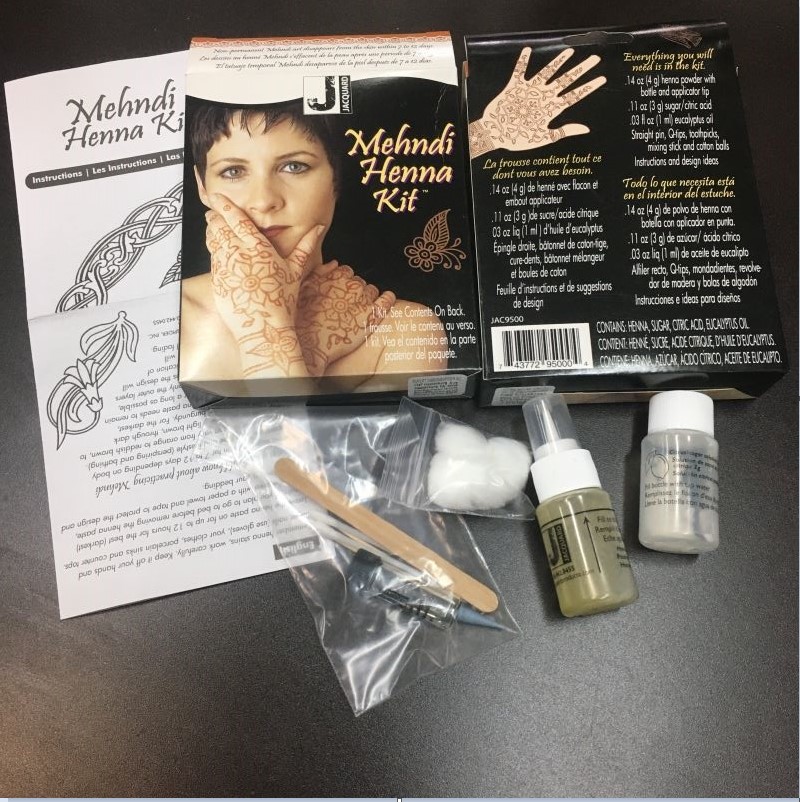The Mehndi Henna body art is a tradition that spans more than 5,000 years, the people of India, Africa and the Middle East have practiced the beautiful and mysterious art of painting on the body with preparations using the henna plant.
History

The art form is referred to as Mehndi In India and in the West. A dark paste is the result of Henna power and specific liquid ingredients mixed into a dark paste. With the use of an applicator, designs on the skin. The paste has removed after it sets, and reddish brown markings remain on the skin. These designs last 7 to 12 days on the skin, fading gradually until they disappear. This is why Mehndi is likened to a temporary tattoo. The henna plant, or Egyptian Privet, originated in Egypt. In the Caribbean, it’s Jamaica Mignonette.
A gift from Egypt
Henna arrived in India as a state gift from the Egyptians. In the 1600s Indian ruler, Queen Mumtaz used henna body art. Mughal emperor, Shah Jahan built The Taj Mahal to honour her. Today, it is common to find Mehndi artists practicing their craft just outside the Taj gates. In India, the peacock is a popular motif in Mehndi because it is a symbol of love, luck, and abundance. Dating as early as 1200 BC, traces of henna appear on mummies. As long ago as 632 BC, the prophet Mohammed was said to have dyed his hair with henna.
It’s a tradition in India and Morocco to only draw on hands and feet. But you can apply it anywhere. Feel free to create your designs on arms (perhaps as arm bands), on legs, around the naval, behind the neck… or anywhere you want. Henna does not work as well on the face or chest, the colour usually comes out quite light and fades quickly.
Mehndi henna body art for wedding ceremonies
Traditionally, Mehndi is an important part of wedding ceremonies, specifically for hands and feet. The bride is decorated by family members, or professional henna artists (called Hannayas in Morocco). The intricate designs cover her hands and feet like a lace glove or stocking. Wedding rituals differ between countries, but the common belief is that Mehndi brings good luck. It’s believed that ornamenting the bride with henna brings love, prosperity, health, safety in childbirth, protection from harmful spirits, and assures happiness in heath. If the designs last a long time on the bride’s skin, the love between the couple will last forever. It’s common for henna to be used to dye hair in the West. With the popularity of tattoos, henna and the art of Mehndi are now considered safe, painless, and a non-permanent alternative form of body ornamentation.
Things to know about practicing Mehndi henna body art
Henna stains the skin for 7 to 12 days depending on body temperature, skin type, and lifestyle (perspiring and bathing). On the skin, henna can vary from orange to reddish brown, to russet, café au lait brown, light brown, thru dark brown, crimson red, and burgundy. For the darkest, longest-lasting stain, the henna paste needs to remain on the skin for 12 to 15 hours, or as long as possible, before removal. Henna stains only the outer layers of the skin. As the skin exfoliates the design will disappear completely. Re-application of henna over an existing design will deepen the colour and forestall fading.
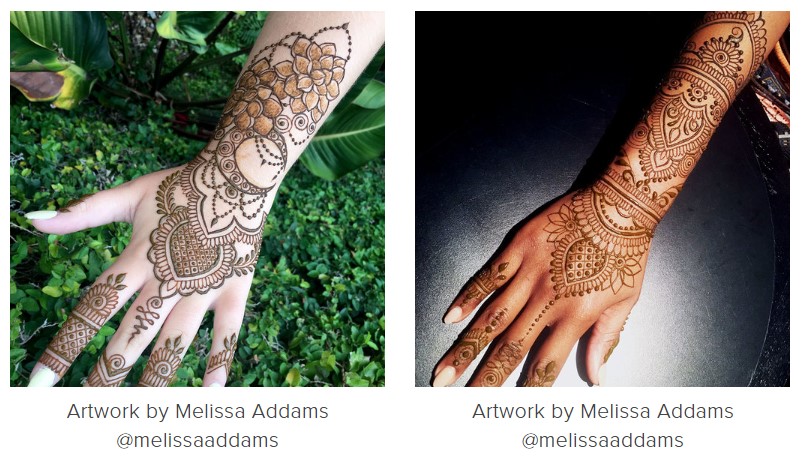
Mehndi Henna Kit
The tools and supplies you need to begin are included in the Mehndi Henna Kit. Included: Henna powder Mordant liquid Eucalyptus oil Citrus/sugar solution Applicator bottle Straight pin Wooden mixing stick Cotton balls to apply the citrus/sugar solution Cotton swabs for wiping away small mistakes Toothpicks for editing the design and thinning lines the henna assumes a black, glazy appearance you can reduce or stop the application of the citrus/sugar solution.
Directions for henna body art:
1 Pour mordant into the henna powder bottle.
2 Mix with a wooden mixing stick.
3 Pour eucalyptus oil into the mixture.
4 Mix thoroughly for 5 minutes.
5 Let the mixture age for 45 minutes.
6 Stir briefly before use. (Use within 24 hours for best results)
7 Thoroughly wash the skin before applying henna. This removes lotions and body oils which act as a barrier to the henna stain. Apply henna to the skin by gently squeezing the applicator bottle to release the henna. Use the straight pin to remove debris on a clogged tip. If it is difficult to squeeze out paste – the addition of a few drops of water may be necessary.
8 Let henna dry on the skin. (10 to 15 minutes)
9 Moisten the design by lightly applying the citrus/sugar solution with a cotton ball. This will set the henna for a long-lasting, darker colour. Do not over-saturate the design with citrus/sugar solution as this will dilute and spread the henna and fine lines will thicken.
10 Leave henna on the skin as long as possible, (up to 12 hours for best results) to set and darken the design. Three hours of set time usually results in a dark solid colour.
11 Remove the henna with a cotton ball and vegetable oil.
12 Avoid wetting the area for a day. The colour will darken overnight. If you are prone to allergies or have sensitive skin do a small test design and wait a day before proceeding with something more elaborate.
Good luck, and have fun!
Tips
Test the applicator flow on a paper towel. Start with a simple complete design and then add complexity. Improvise, and change a drawing mistake into part of the design. Remember henna stains, work carefully. Keep it off your hands and fingernails (use gloves), your clothes, porcelain sinks, and countertops. Leave the henna paste on for up to 12 hours for the best (darkest) results. If you plan to go to bed before removing the henna paste, wrap the area with a paper towel and tape to protect the design and avoid staining your bedding.
Related products to try
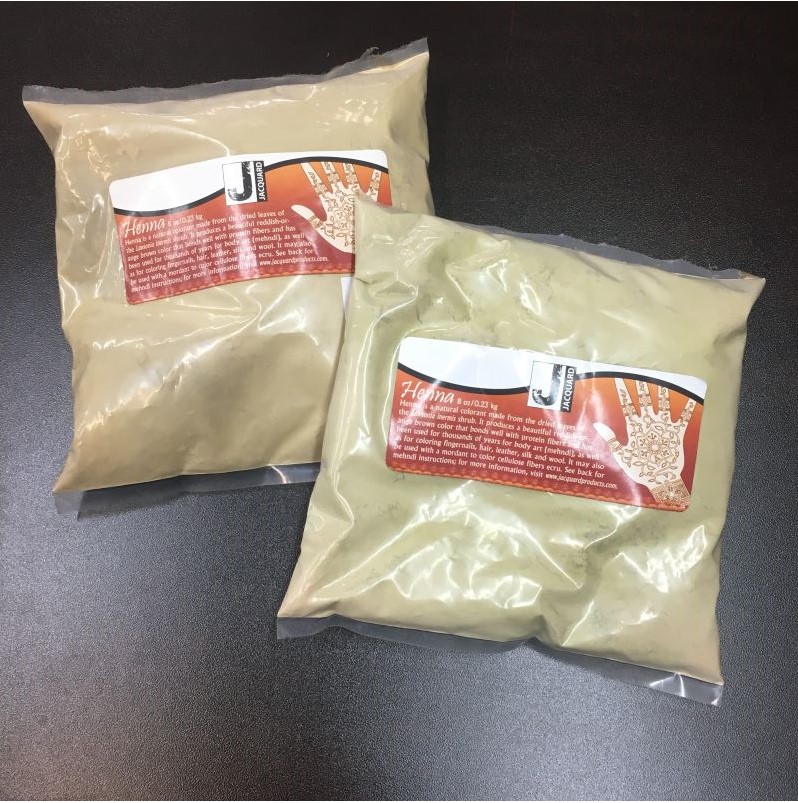
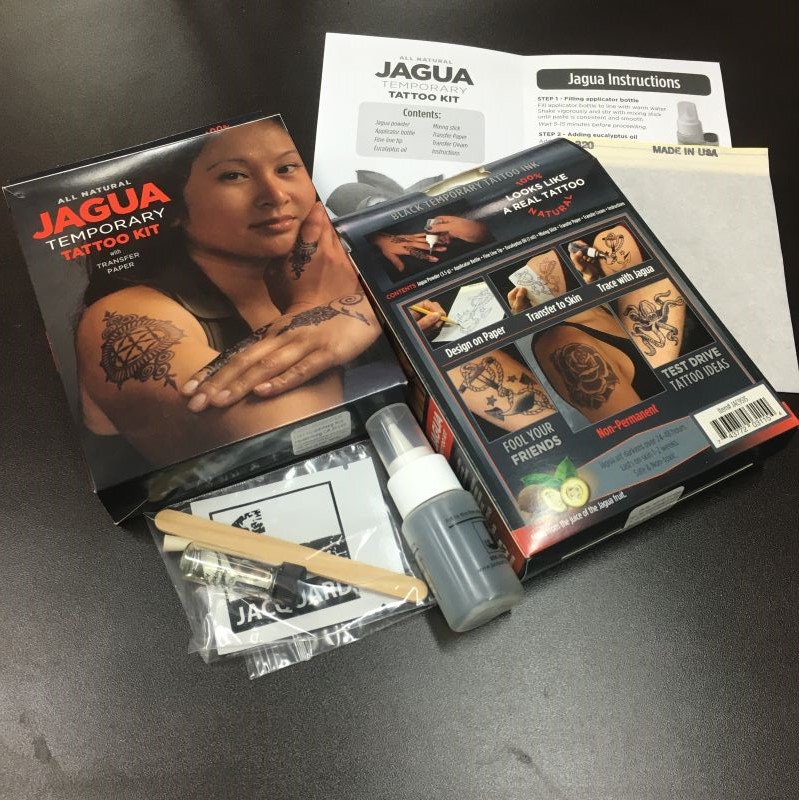
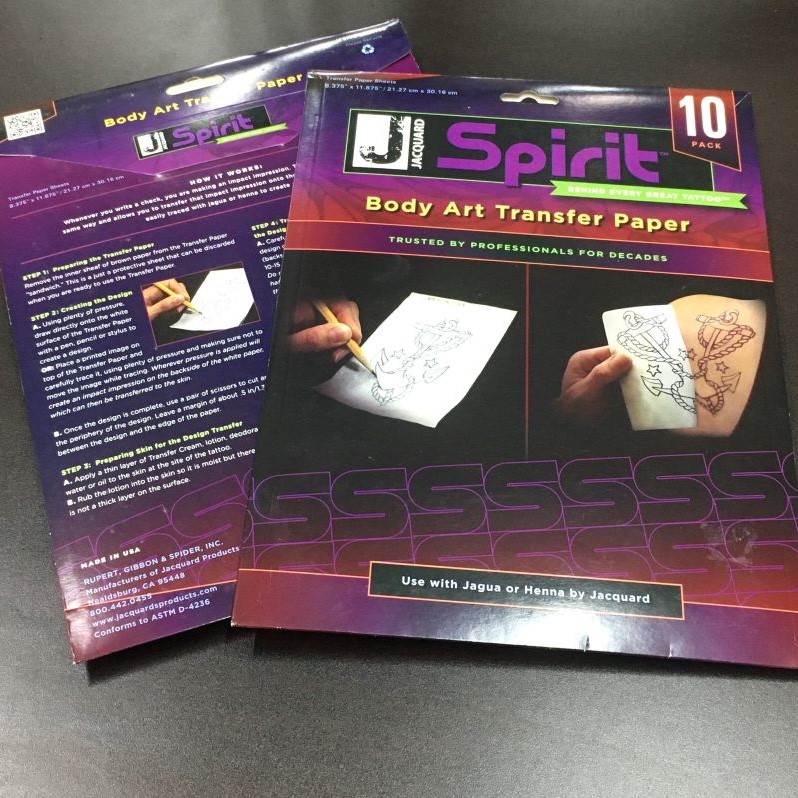
JACQUARD PRODUCTS Rupert, Gibbon & Spider, Inc. Healdsburg, CA

